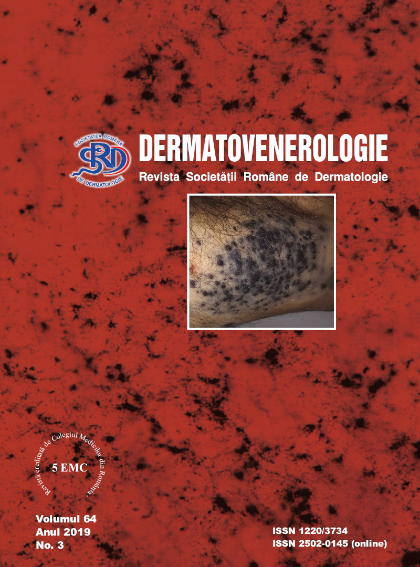The high reactivity of thiol groups makes these
compounds the first antioxidants consumed in case of
oxidative stress. In recent years, there is a great emphasis
on exploring the mechanism of action of the redox system
for thiol-disulfide homeostasis in the blood. Investigation
of thiol-disulfide homeostasis (TDH) became possible by
automating the spectrophotometric method of quantitative
determination of total thiol, native thiol, disulfides, native
thiol/total thiol ratio, disulfides/native thiol ratio, disulfides/
total thiol ratio. Determination of TDH in the blood could
be relevant in assessing the degree of oxidative stress. The
author’s interest focused on the quantitative examination of
TDH in healthy population and of changes in thiol-disulfide
homeostasis in patients with some dermatological disorders
(lichen planus, skin warts, chronic urticaria).
Dermatological diseases are often characterized by
oxidative stress, a condition in which there is an imbalance
between the production and inactivation of reactive oxygen
species. Excessive generation of reactive oxygen species,
decreased activity of antioxidant systems, or both mechanisms
may be involved in disrupting TDH.
Original articles
INVESTIGATION OF THIOL-DISULFIDE HOMEOSTASIS IN DERMATOLOGICAL DISEASES – METHOD OF ANALYSIS, CLINICAL SIGNIFICANCE


